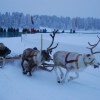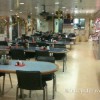After the epic voyage around the top of Norway, I left Tromsø by bus for the 250km trip to Narvik where I would meet up with Jim who is a member of Couchsurfing; a community of people who invited travellers to stay (or offer to meet) with them while they visit their local area. The basic idea behind couchsurfing can offer their place for travellers to stay at so that they can meet or host foreign people. There are members from all over the world, so it feels like you have future friends all over the world who want to offer their couch to stay on! I look forward to staying with people in countries where their ways and culture are a lot different from my own. It would also be rewarding to host travellers to ‘pay it forward’.
It turns out Jim is really into travelling, he is likely to be the most travelled person I will ever meet. He has been to 157 countries, he just loves it. I feel like an amateur in his company, by the end of this trip I’ll have only been to 55 countries.
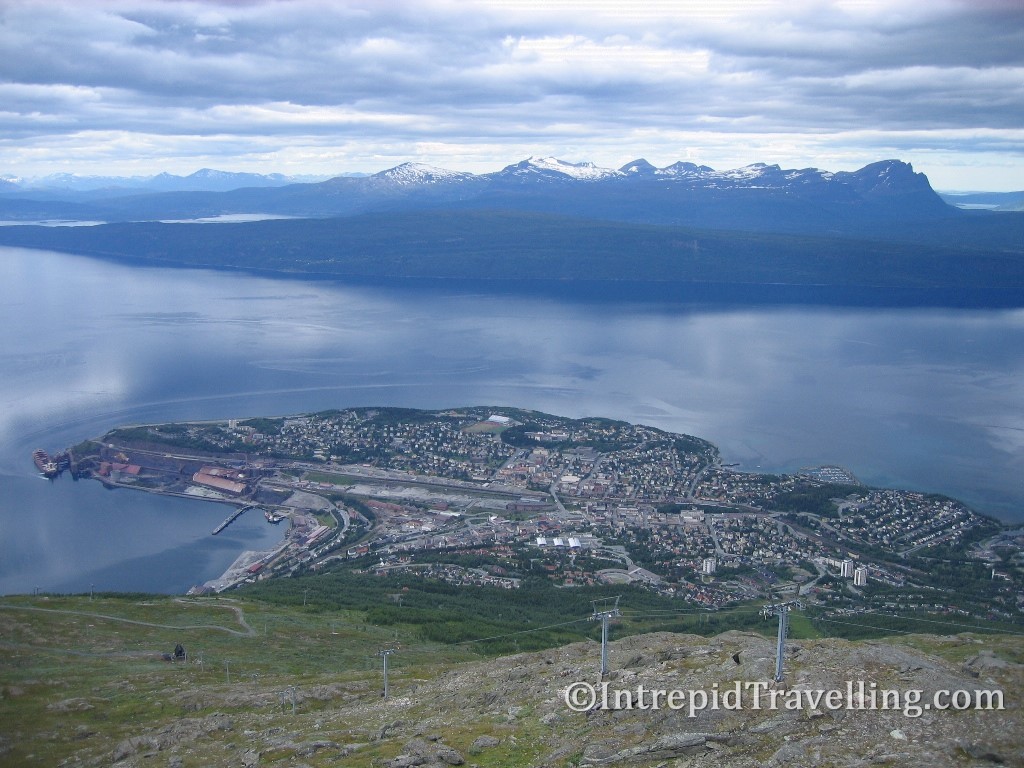
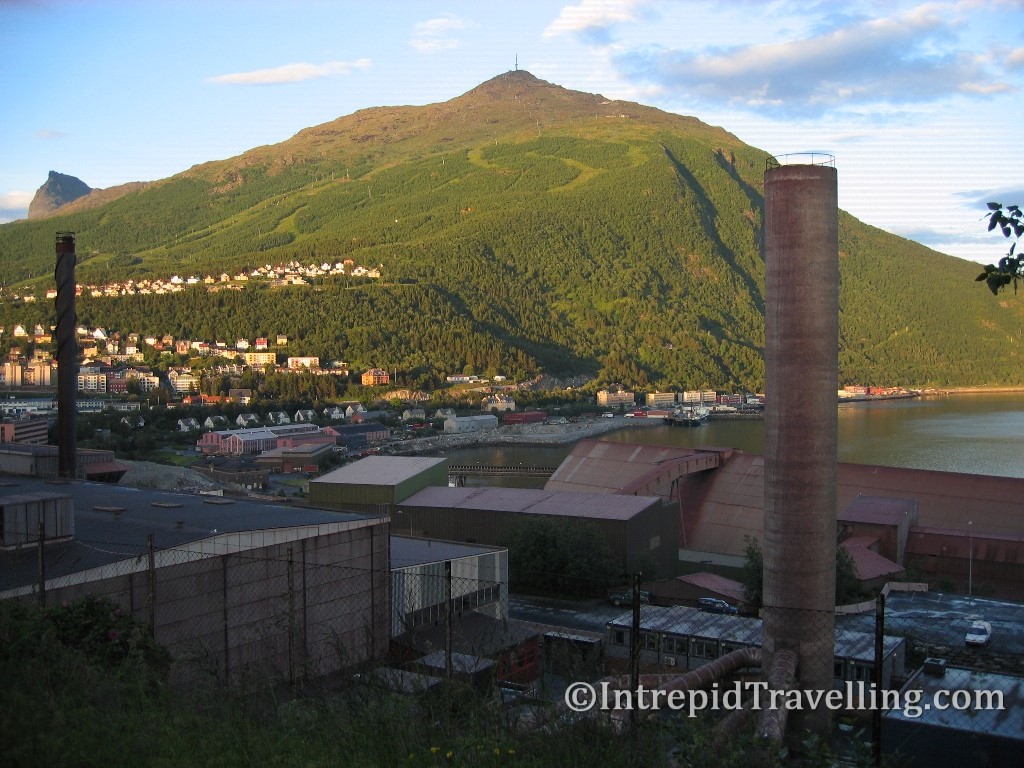
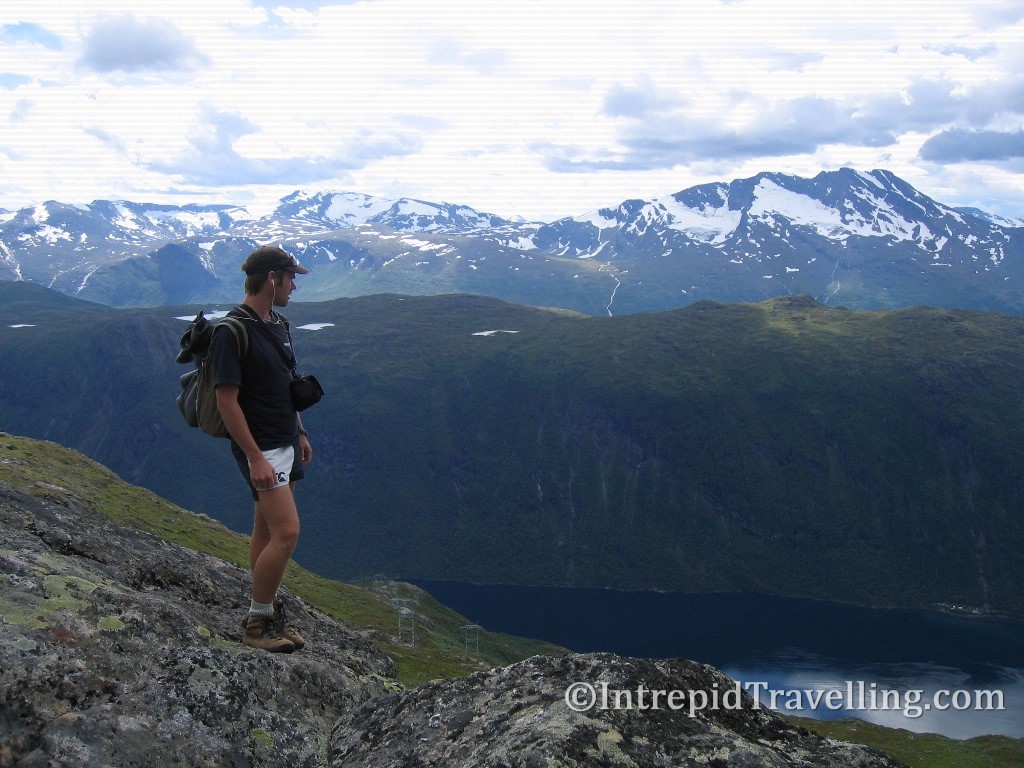
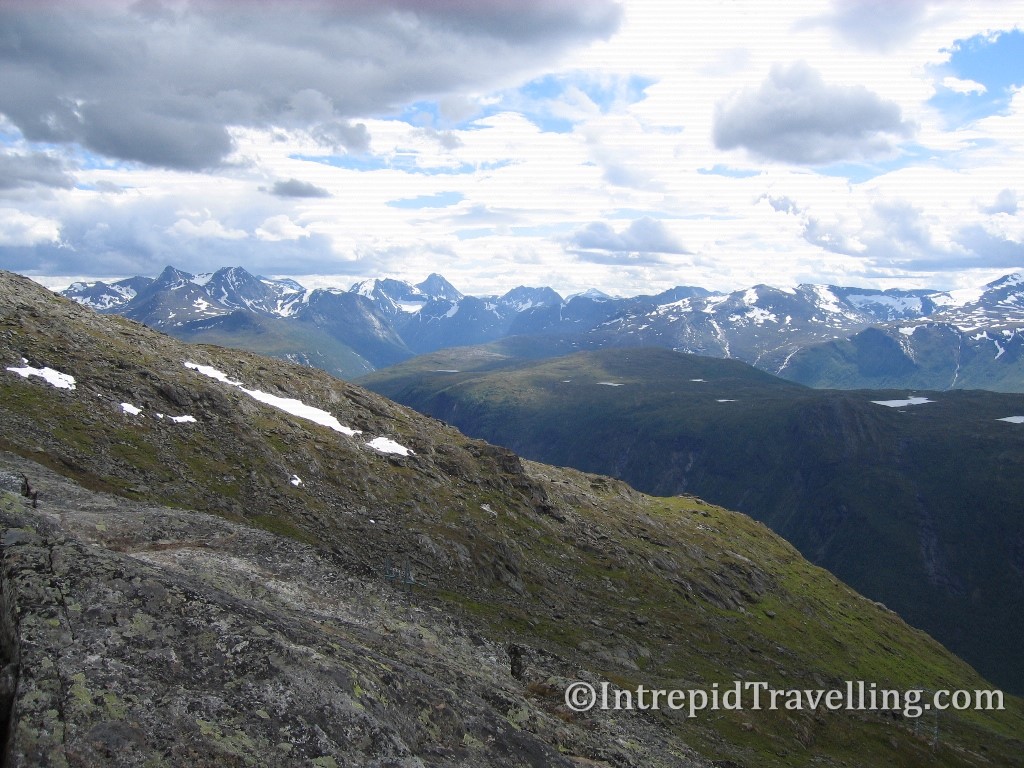
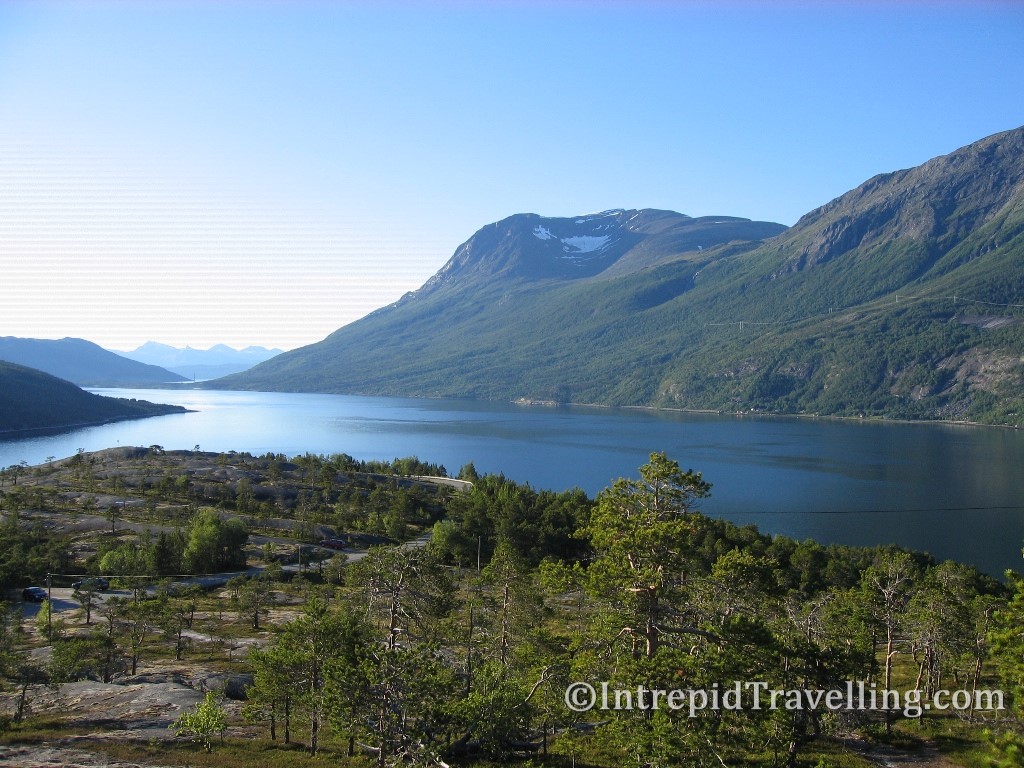
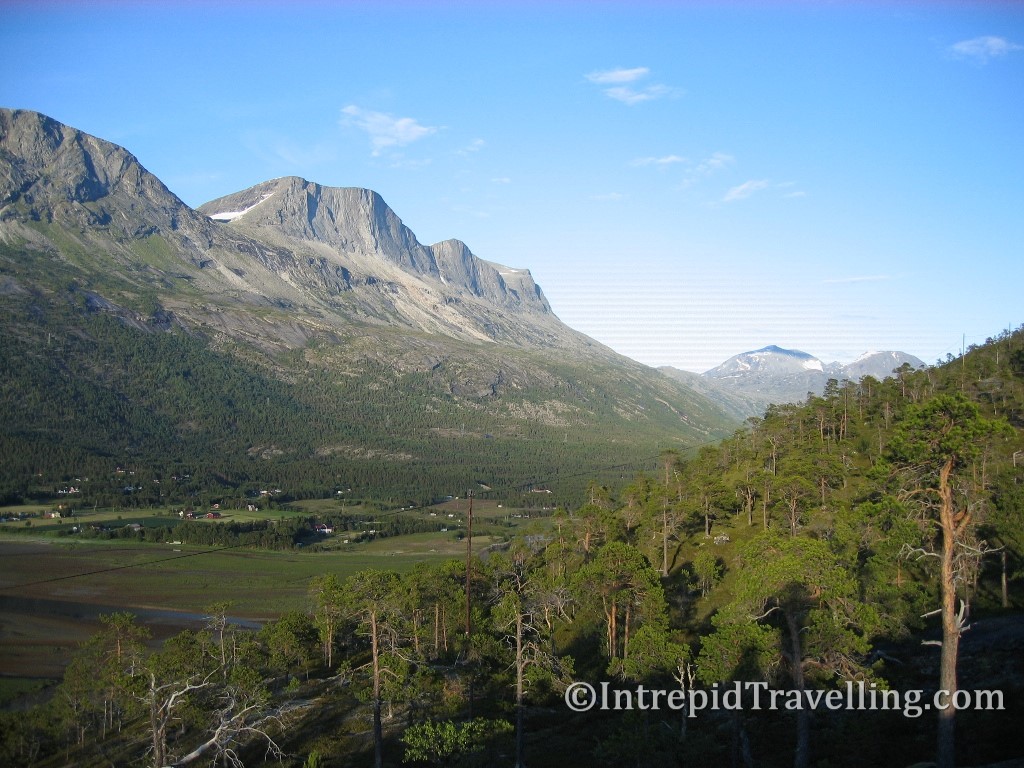
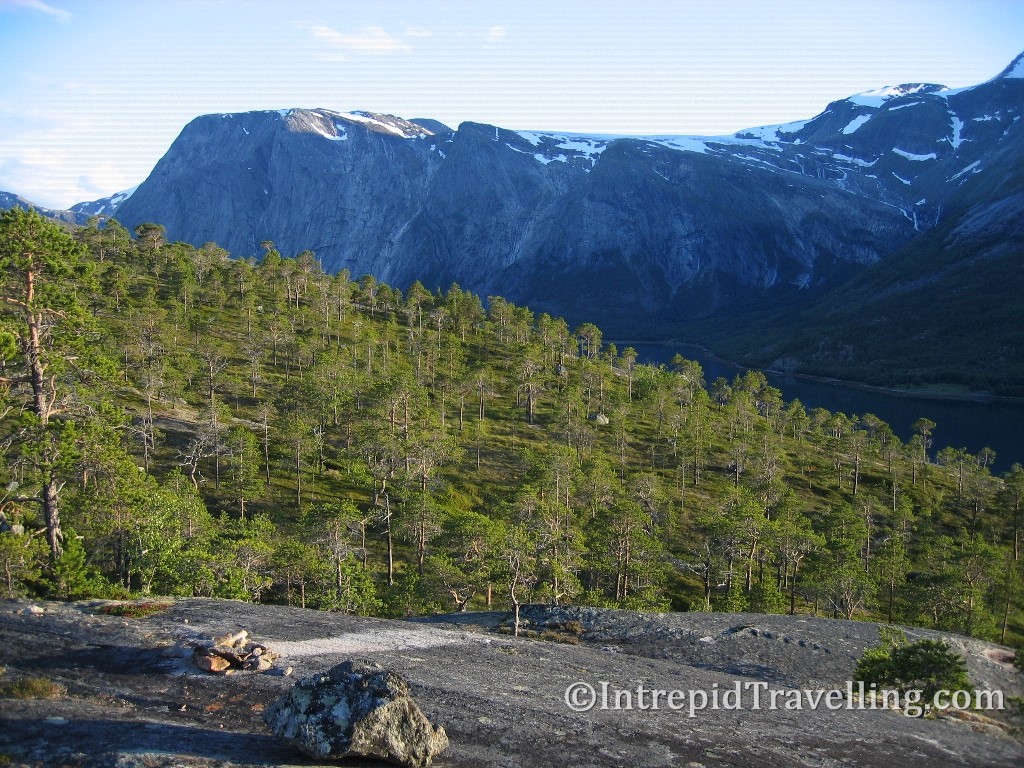
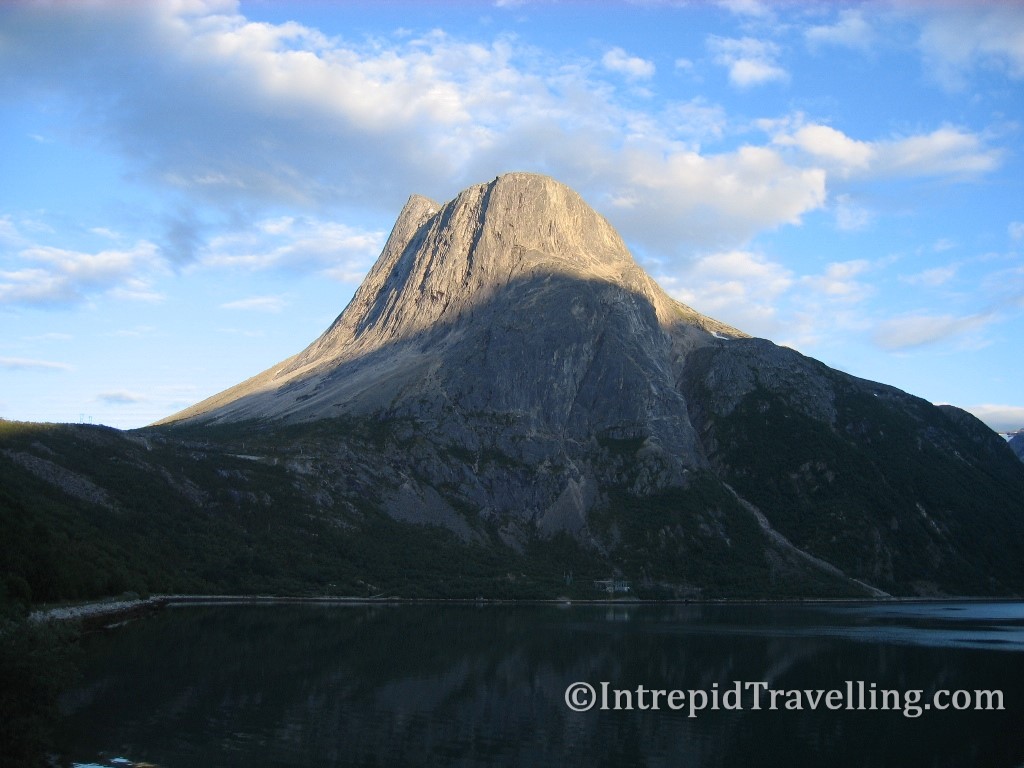
Narvik was a strategically important port town during WWII due to its access to Sweden’s iron ore resource all year around as the west coast of Norway doesn’t develop any sea ice so ships can freely access the port in the winter, unlike the Baltic Sea side of Sweden. Norway’s coast doesn’t freeze, even though it has the same latitude, because of the Atlantic Gulf Stream, which keeps western Norway much warmer than other parts of the world at the same latitude. Basically this is the reason that Great Britain and Scandinavia isn’t like Siberia in winter. As a result, Narvik was heavily bombed and occupied by the Nazi’s, you can learn all about it in the Narvik war museum of course.
Jim drove me around some nearby fjords one evening and we climbed the mountain behind Narvik up to the Fjellheisen TV tower. Up until Narvik, the terrain in Norway had not been what I had expected, it wasn’t all high sided fijords at all, it was much lower and rounder. I guess a mile thick ice sheet and hundreds of glaciers 10,000 years ago will erode down the mountains. We would visit Jim’s mother for Tea before he dropped me off at the train station and I headed to Abisko, a small village in the mountains on the Swedish/Norwegian boarder.
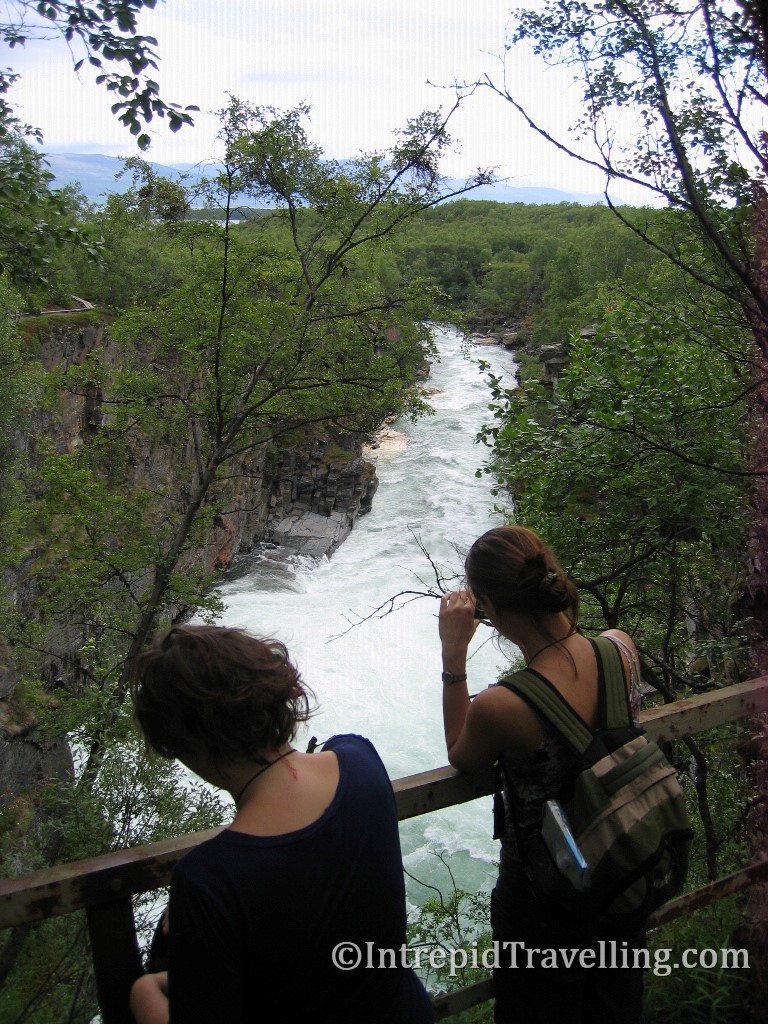
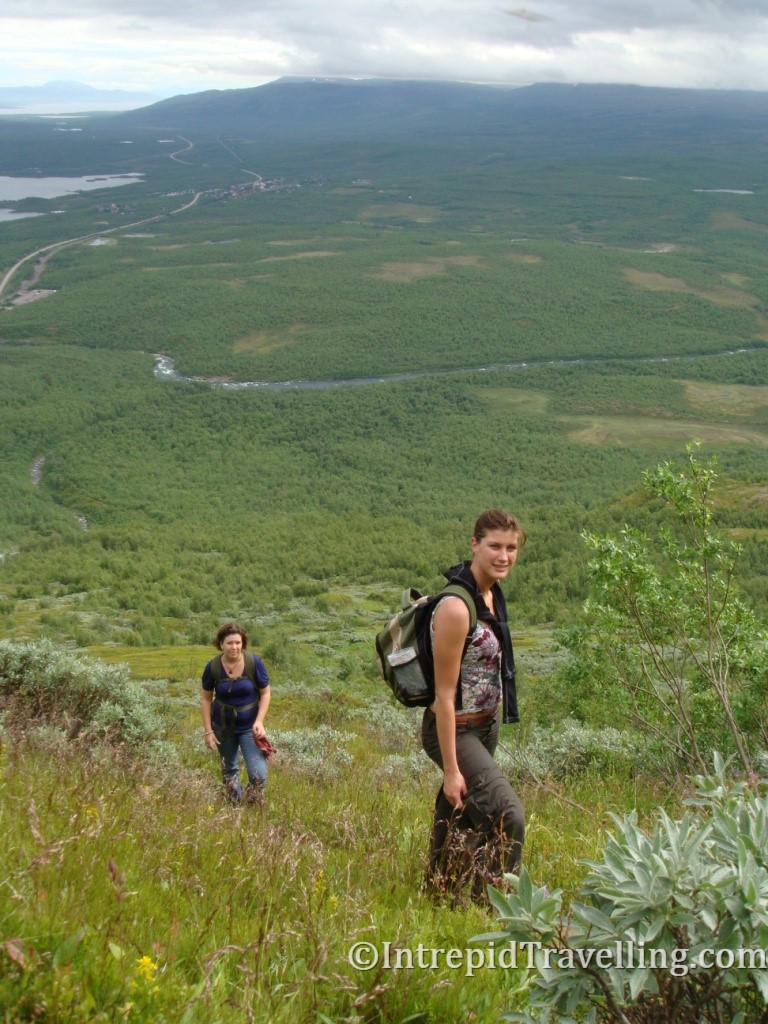
The weather was average in Abisko when I arrived, but things brightened up after I met a couple of Dutch girls who were staying at the Abisko Fjällturer AB hostel. Melanie and Evelien had travelled up to Abisko during their University break as they wanted to experience the 24 hours of daylight that exists at these latitudes during midsummer. The three of us would spend the majority of our time in Abisko National Park together, we would venture out on a few hikes and I even experienced my first Swedish sauna with them! Sweden’s most famous hiking trail, the Kungsleden Trail, runs for 440km and either terminates or begins (depending on your direction, in Abisko which has a train station that is linked to the Swedish National Grid.
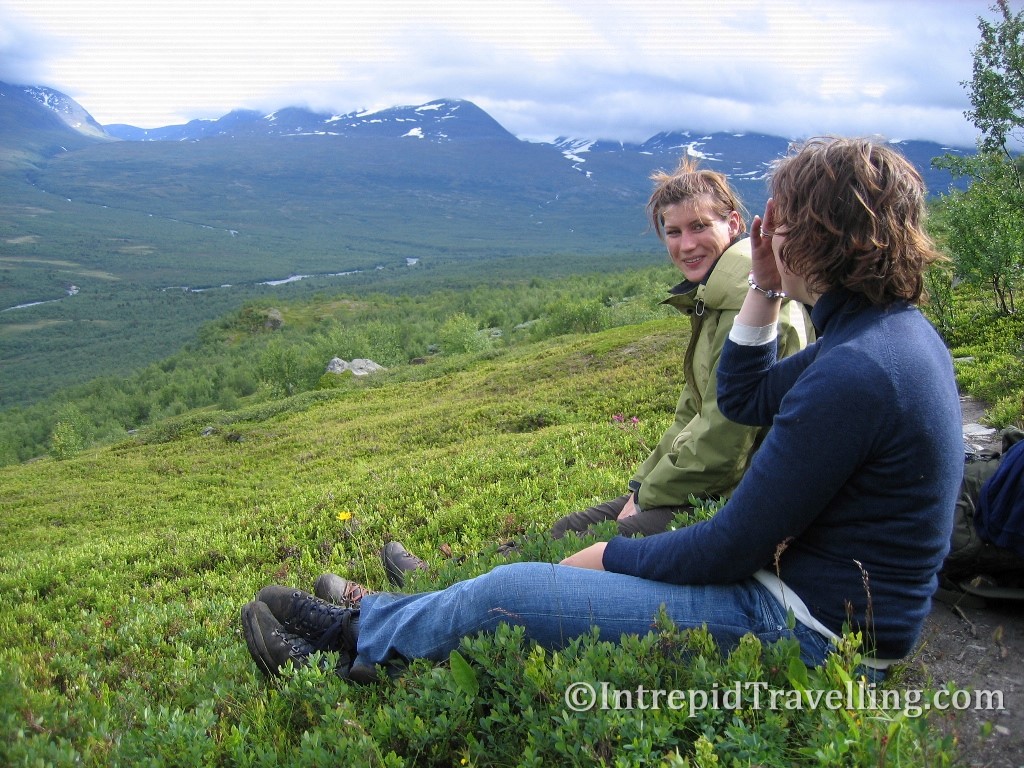
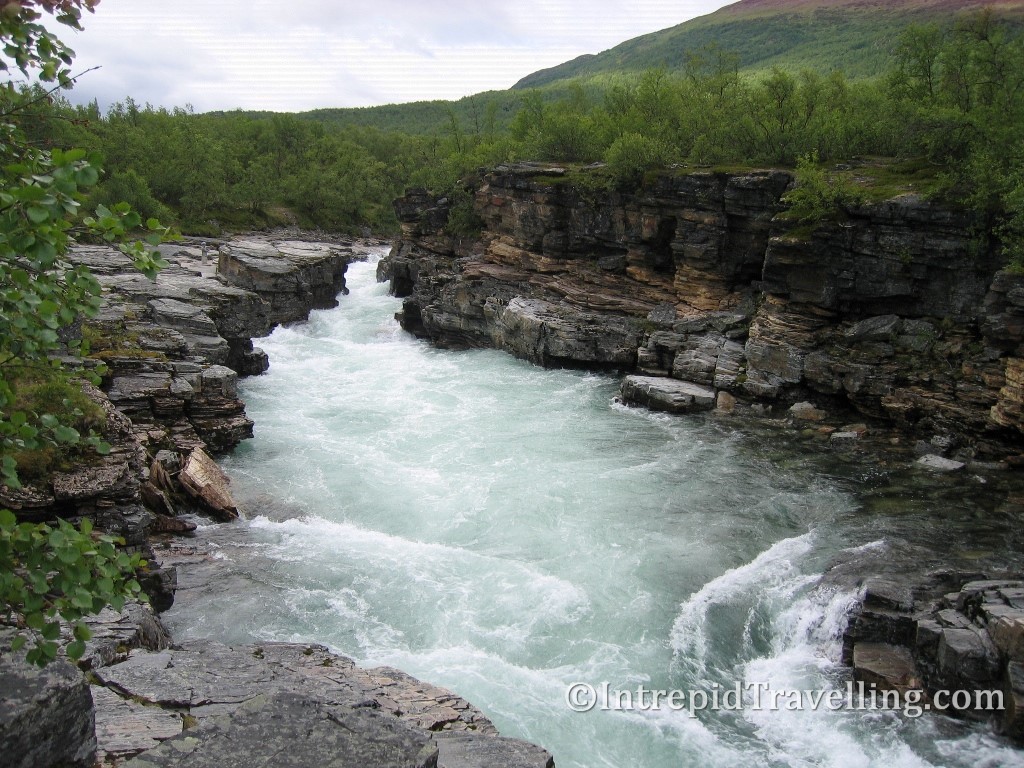

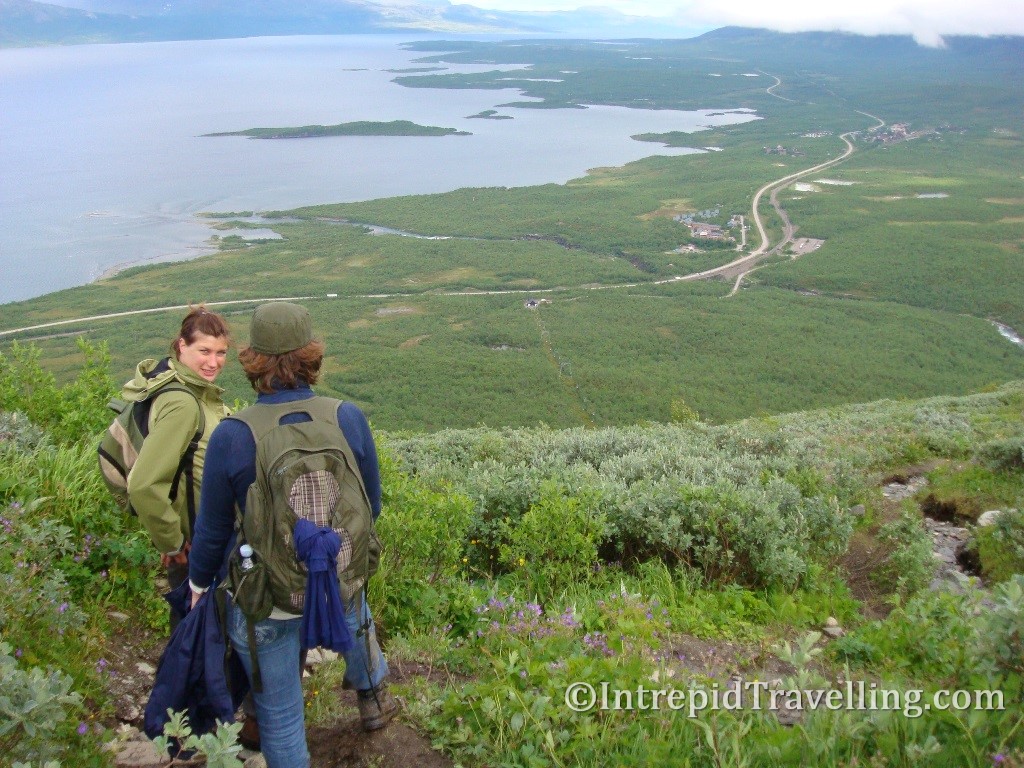
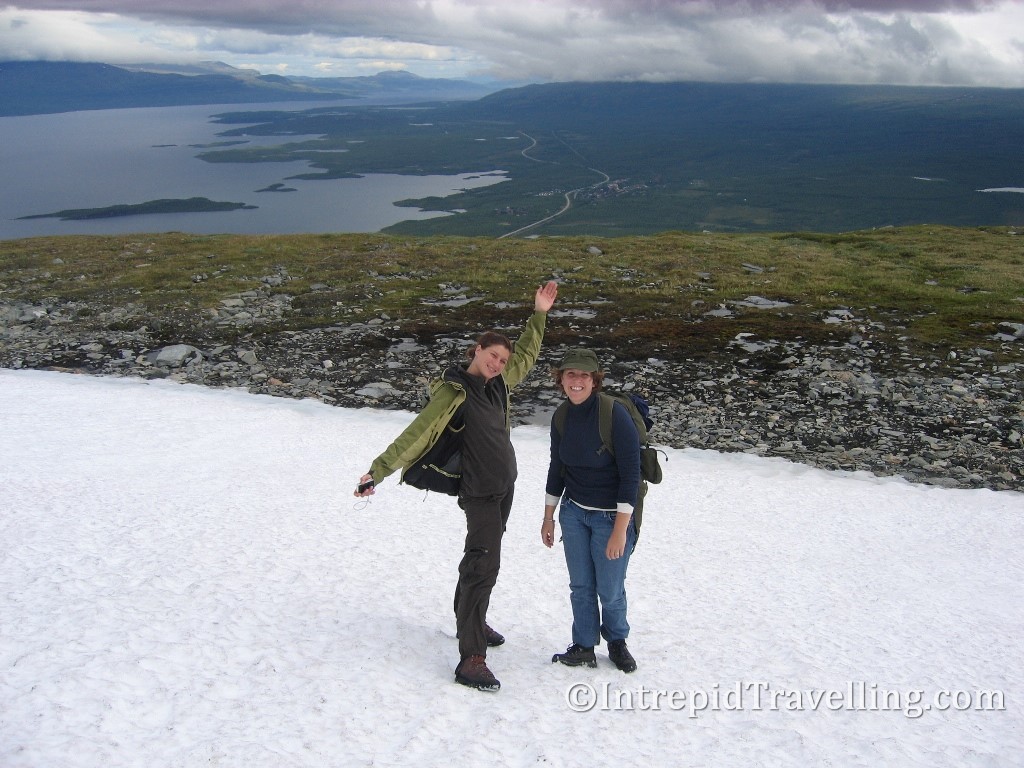
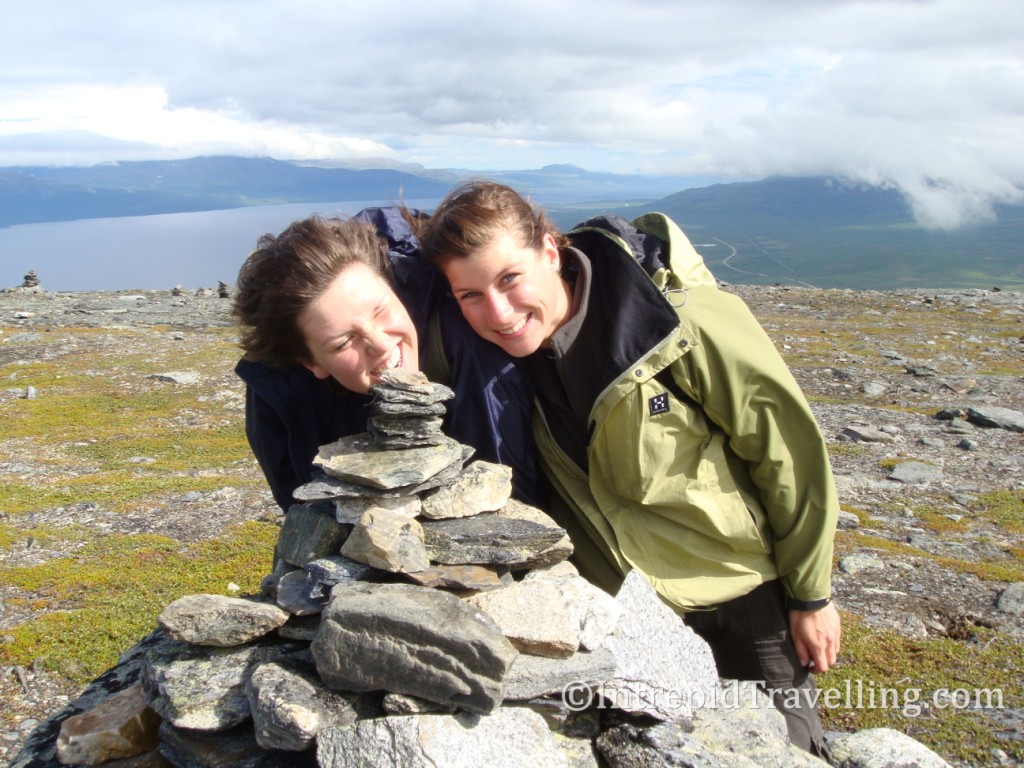
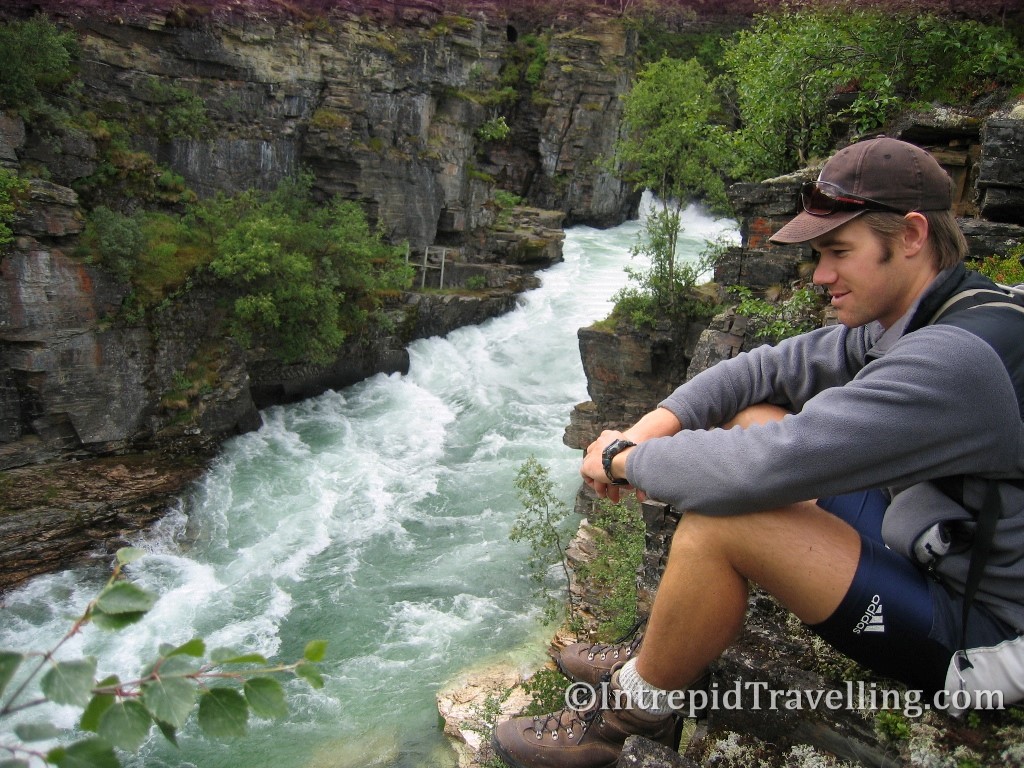
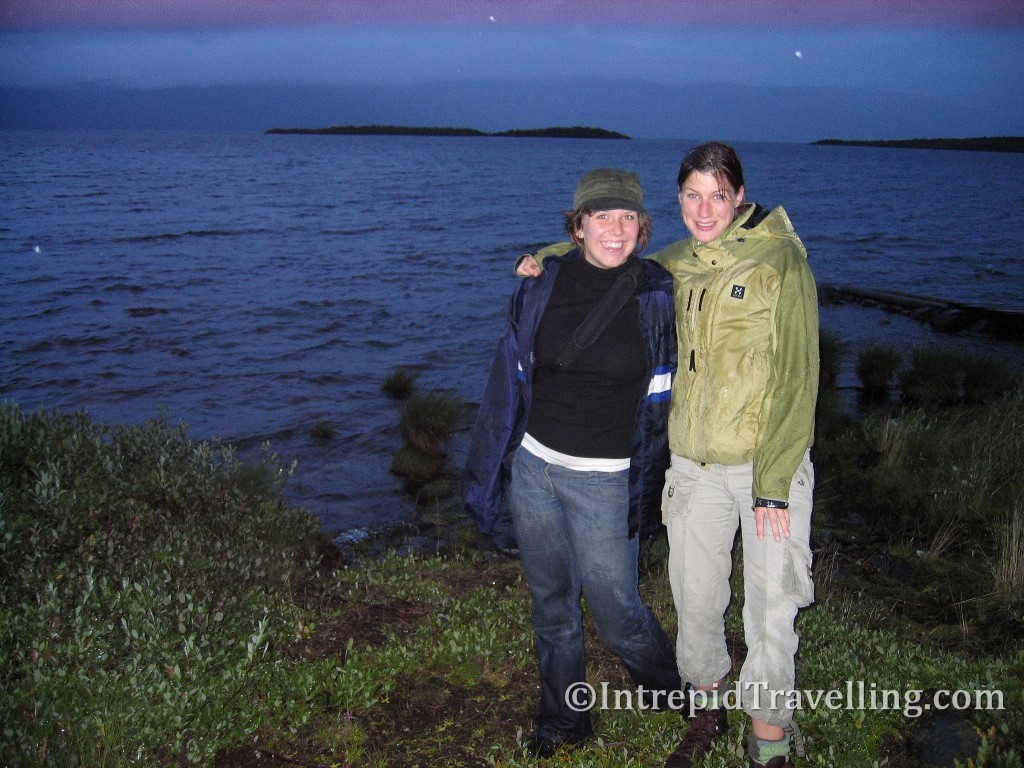
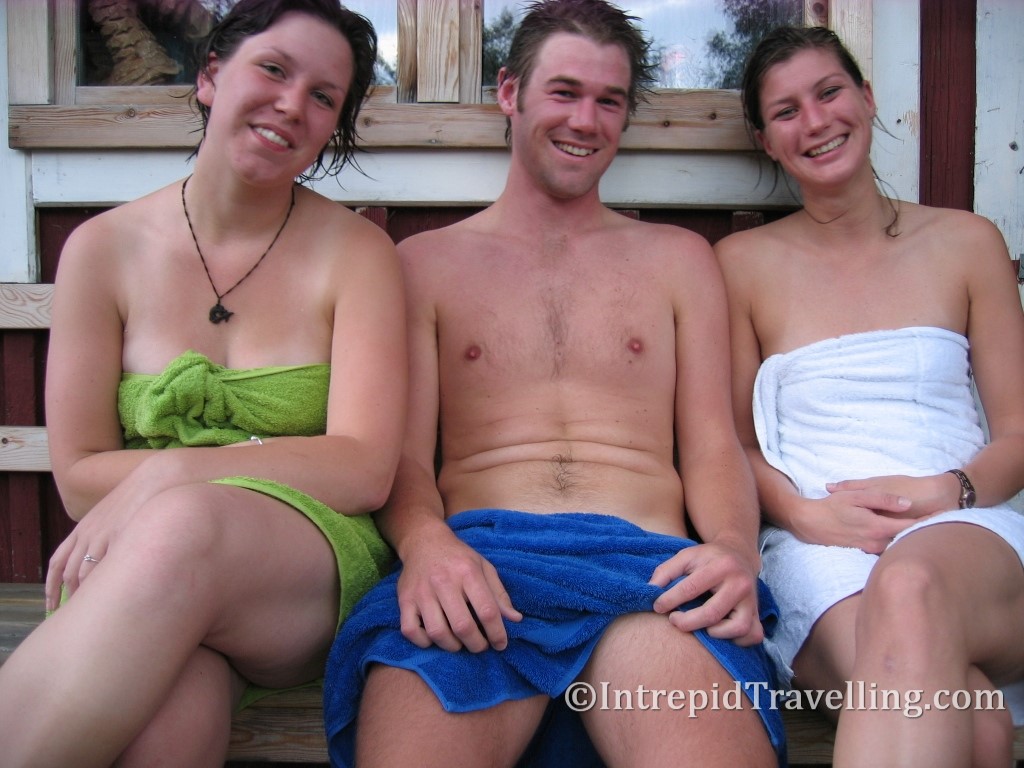

From Abisko I took the overnight train to visit the much anticipated Stockholm and spend 10 days with a good friend of mine who recently moved there.


